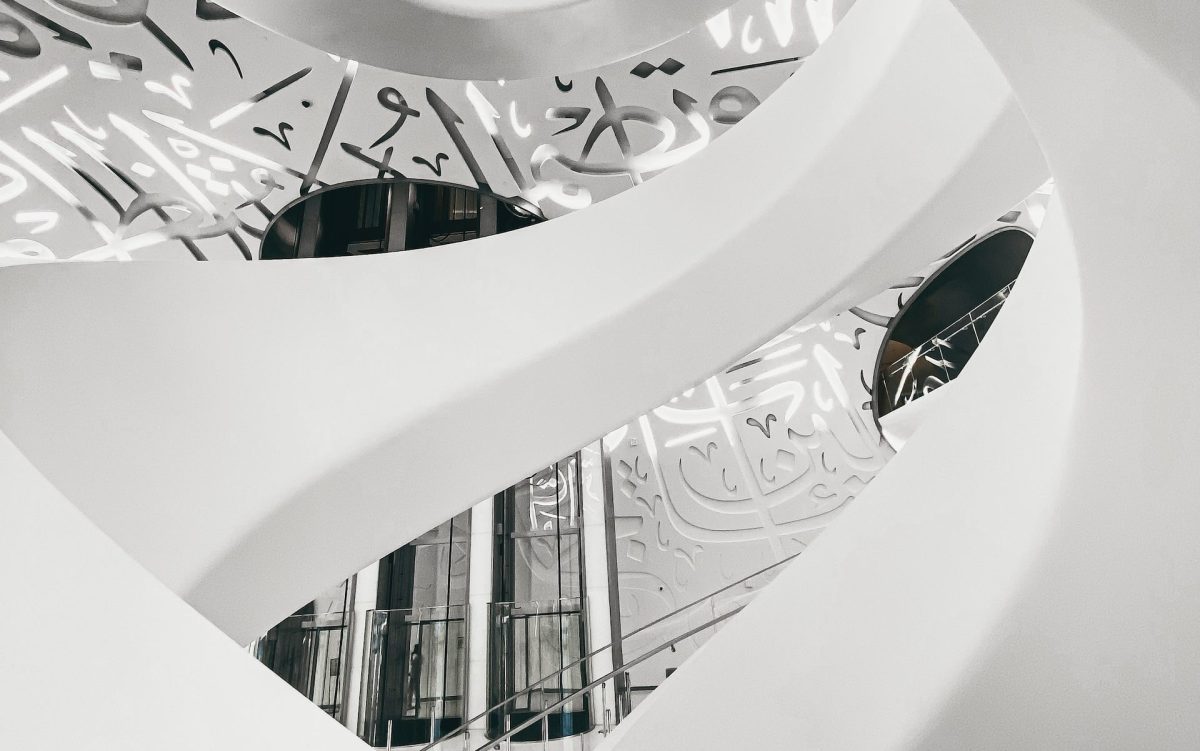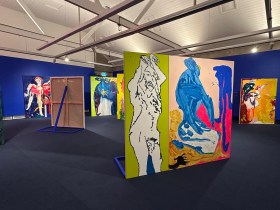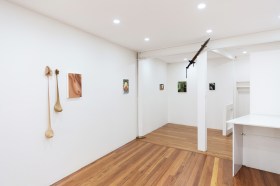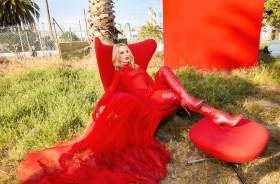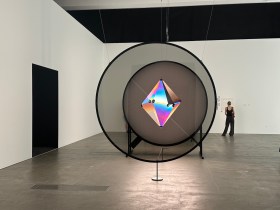Museum of the Future is Dubai’s newest cultural infrastructure. In the 14 months since it opened, tickets to the museum have been continuously sold out, which shows the amount of public interest in exploring the possibilities of our futures.
Executive Director, Museum of the Future, Lāth Carlson is one of the speakers at the REMIX Sydney Summit this year, where he will share insights on how future-thinking paves a critical path for museum practices.
Carlson speaks with ArtsHub to explain how the Museum of the Future came to be, and how its success can help inform a breadth of cultural institutions on their viable future.
Transferable tools for new potentials
Considering its strong focus on innovation and technology, many may think that embedding future-thinking at museums requires a whole new infrastructure. However, Carlson says that the Museum of the Future uses all the same tools as other museums.
Before arriving in Dubai to take charge of the Museum of the Future, Carlson worked in the University of New Mexico’s Maxwell Museum of Anthropology and the Please Touch Museum for children in Philadelphia. He was also Vice President of Exhibits and Content Development at The Tech Interactive in Silicon Valley.
Carlson tells ArtsHub: ‘Something a lot of us working in this new field [of future-focused museums] are committed to is in terms of using the traditional tools of museology, but let’s turn around the telescope to look forwards rather than backwards.’
It’s also about re-evaluating history to recognise that things have always been more open-ended than they seem. Carlson continues: ‘We’ve come to the realisation that past histories on display in many museums are not absolute histories – they’re one version of history. In the same way we’re looking at possible futures, we are looking at possible pasts as well.
‘There’s much more continuity between future-oriented museums and historical museums than what appears to most people.’
Read: What every museum reveals about past, present and future
A good example of a future-focused museum is MOD. in Adelaide, which aims to present thought-provoking and innovative ideas around science and the arts.
While many still argue that museums should inherently be grounded in heritage, future-oriented thinking is increasingly a part of a museum’s ability to stay relevant. It’s a global movement that includes places like MOD. and Rio’s Museum of Tomorrow, which launched its Future-Oriented Museum Synergies (FORMS) initiative in 2019.
Over the last few decades, it has been the UK and the US that have led the way in museum practice. But the fact that institutions like MOD. largely exist outside of those regions is especially exciting for Carlson.
And while traditional museum frameworks can be applied and adapted for future-thinking, Carlson says one of the biggest challenges is to create ‘artefacts of the future’. This means that many of the works on display are commissioned specifically for the institution, with artists and designers working alongside scientists and researchers to present possible futures.
The challenge in speculative future(s)
With so much Hollywood imagery on what our future could look like and the popularity of the sci-fi genre, what is actually the role of future-orientated museums?
Carlson highlights this in the Museum’s responsibility to present the public with multiple, speculative futures. ‘Futurism has received a lot of criticism for generally being wrong about predictions of the future. I think, as a field, it’s really struggling to overcome that bias.
‘People working in the field strongly emphasise that it’s about possible futures – the idea is to look at what may happen and the breadth [of those possibilities],’ he explains.
One message that the Museum of the Future endeavours to stress is that ‘it’s not about prediction, it’s about possibilities’.
This means future-orientated museums will have to navigate this uncertain and fluctuating terrain, while simultaneously taking visitors along for the ride. But, says Carlson, it’s a challenge that defines the Museum of the Future, which focuses on human behaviour and relationships, rather than the latest technology.
Public programming at the Museum of the Future has become its major responsive arm to address the most current topics, including Artificial Intelligence (AI) and computer vision. It’s also an opportunity to engage locals as, so far, museum traffic has largely been driven by tourists, to the extent where it has been difficult for locals to secure tickets.
Talking about speculative futures, and using AI as an example, Carlson says: ‘[Generative] AI is actually the opposite of what good futurism does. Because good futurism is trying to expand the ideas of what’s possible, whereas generative AI, all it can do is look backwards and basically come up with homogenised versions of what’s been done in the past.’
Read: Who owns AI image copyright?
He adds that for future-thinking in museum contexts ‘prediction is a much easier route, but let’s not limit ourselves to that narrow vision’.
‘If we take things like the catastrophic impacts of climate change as a given, how might we adapt to these challenges, creatively? That positive vision is something that people have been quite responsive to, because there is so little of it when it’s so dominated by dystopian visions,’ he says.
Cultural infrastructure as win/win for audiences and economies
Focusing on bringing optimism and hope to future-thinking is one of the reasons Museum of the Future has been so successful.
For his presentation at the REMIX Sydney Summit 2023, Carlson will share insights on the Museum’s statistics, which reveal how it’s operating as a viable, commercial entity.
‘We’re financially sustainable just based on earned revenue,’ he reveals. There are few museums in the world that can make that claim – for most, earned revenue makes up generally a third of their income stream, with philanthropy, government funding and corporate investment filling the gaps.
With the Museum operating on a commercial model and bringing in more than a million visitors in its first year, Carlson says: ‘We’ve done some research into the economic impact of the Museum on Dubai and, it turns out, the quickest return on investment you’ll ever get in a start-up is actually building a museum.
‘One of the statistics I’m always talking about is how more people visit museums than go to all sporting events combined in the US – that’s the [scale of] economic impact we’re talking about. That’s something that I think is still not broadly understood, particularly by politicians and leaders. Supporting museums is actually a very smart economic decision.’
This operating model, which is dependent on revenue generation, actually puts pressure on museums to be more responsive to the public, adds Carlson.
He is keenly aware of the criticism around Museum of the Future, which is often associated with presumptions around what the future should look like. In Carlson’s view, it’s about striking that balance between public expectations and pushing them beyond conventional thinking.
‘Sometimes our exhibitions can appear a little too abstract and we’re actually looking at making changes to them in order not to stretch people too far. That’s something I’ve learned over the years, working in non-traditional museum contexts. You can push the visitors in one dimension, but not in multiple dimensions at the same time or else the whole experience falls apart.
‘In a lot of ways, museums like ours are actually more responsive to the public, because we’re so reliant on them coming in and buying tickets. It’s really interesting to see how that shifts the way you think about an institution,’ he concludes.
This type of cultural entrepreneurship sits at the heart of REMIX, which will run across 8-9 June at the Australian National Maritime Museum, Sydney. View the full program.

